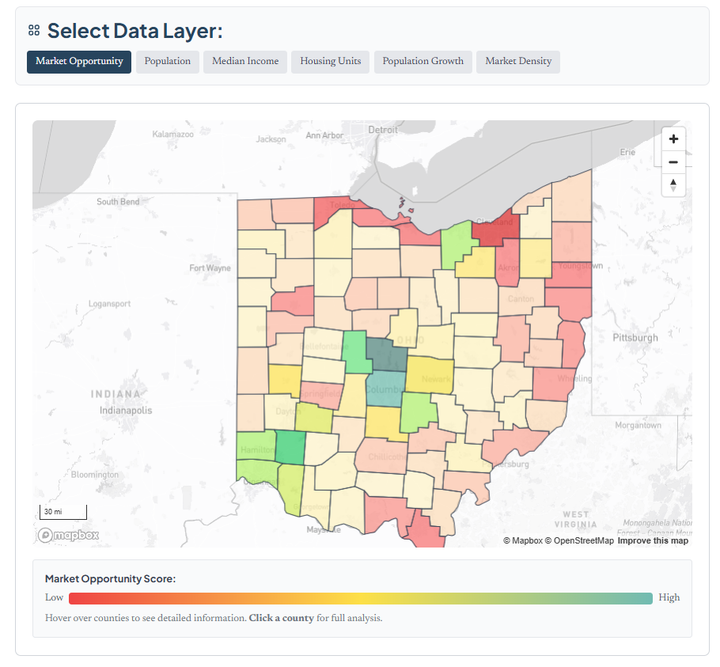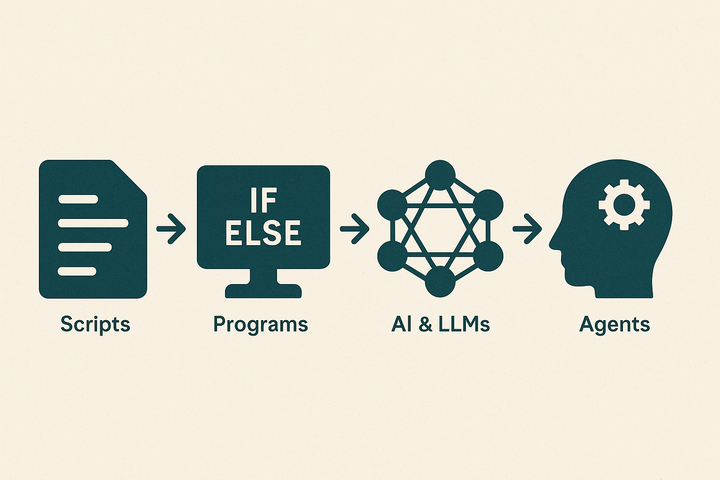Market Segmentation: 4 Categories Every Marketer Should Know
Market segmentation is key to understanding and connecting with your audience. Discover the four essential segmentation categories—demographic, geographic, psychographic, and behavioral—and learn how leveraging each can boost your marketing impact.

Understanding your audience isn't just helpful—it's essential. Market segmentation empowers marketers by enabling precise targeting, tailored messaging, and deeper engagement. But to master this approach, you must first grasp its four foundational categories.
1. Demographic Segmentation
Demographic segmentation divides your audience based on statistical characteristics:
- Age
- Gender
- Income
- Education level
- Family size
- Occupation
This type of segmentation is popular because it's straightforward and easy to measure. However, it should not stand alone—demographics tell you who your customers are, but not why they make decisions.
Example:
Luxury brands often target high-income demographics, while budget brands might focus on middle-income earners.
2. Geographic Segmentation
Geographic segmentation divides consumers based on location-related factors:
- Country
- Region or state
- Urban, suburban, or rural areas
- Climate
Geographic segmentation helps marketers tailor their products or services to local preferences, culture, and needs. For example, clothing brands often segment by climate, offering different products for customers in colder versus warmer climates.
3. Psychographic Segmentation
Psychographic segmentation taps into deeper human elements:
- Values
- Interests
- Personality traits
- Lifestyle choices
- Attitudes and beliefs
This segmentation focuses on why consumers buy rather than just who or where they are. Psychographics allow you to deeply understand the emotional drivers behind purchasing decisions, helping to create highly personalized and resonant marketing campaigns.
Psychographic segmentation revolves around:
- Frustrations and pain points
- Desires and aspirations
- Personal values
- Lifestyle choices
Understanding these elements can significantly boost the effectiveness of your marketing messages.
4. Behavioral Segmentation
Behavioral segmentation looks at actual consumer behaviors:
- Purchase history
- Brand loyalty
- Usage patterns
- Benefits sought
- Responsiveness to marketing activities
This segmentation type can dramatically improve marketing efficiency, enabling highly targeted strategies based on actual customer actions and engagement.
Behavioral segmentation factors include:
- Purchase frequency
- Customer loyalty
- Product or service usage
- Engagement with your brand
Marketers can use behavioral data to craft targeted messages, rewarding loyal customers or re-engaging inactive ones.
Putting It All Together
Effective marketing rarely relies on just one segmentation type. Instead, the most successful strategies blend demographic, geographic, psychographic, and behavioral insights. By layering these categories, marketers create a well-rounded understanding of their audience, ensuring highly targeted, impactful messaging that drives real business results.
Knowing and applying these four segmentation categories can transform how you approach your audience, leading to deeper connections, stronger engagement, and ultimately, increased sales.
Want to better understand your audience and grow your business? Contact Polaris Pixels today for strategic guidance on leveraging market segmentation in your digital strategy.



Comments ()